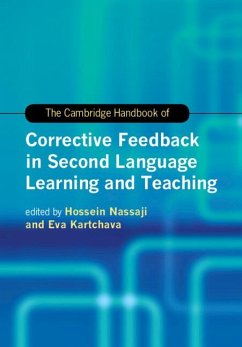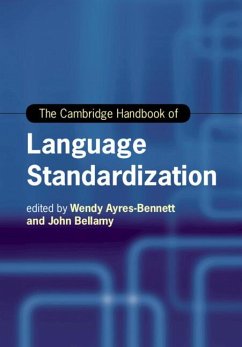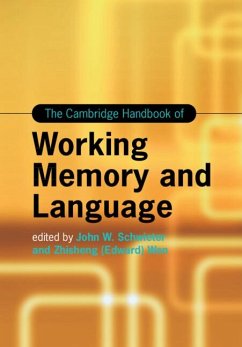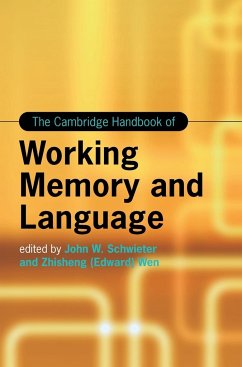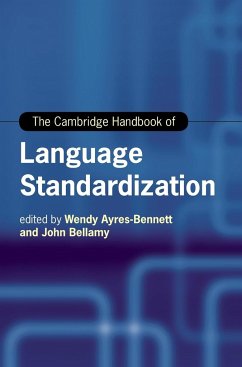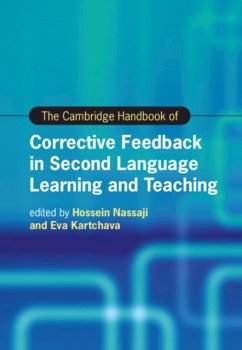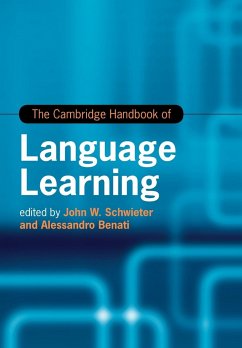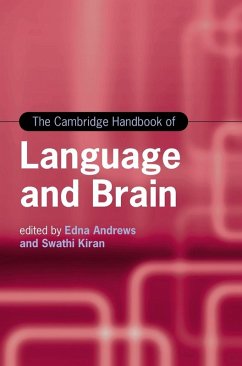
The Cambridge Handbook of Second Language Acquisition
Versandkostenfrei!
Versandfertig in 1-2 Wochen
55,99 €
inkl. MwSt.

PAYBACK Punkte
28 °P sammeln!
This comprehensive handbook is an authoritative survey of second language acquisition (SLA). It covers cutting-edge and emerging areas of enquiry not treated elsewhere in a single handbook, including third language acquisition, electronic communication, incomplete first language acquisition, alphabetic literacy and SLA, affect and the brain, discourse, and identity.





